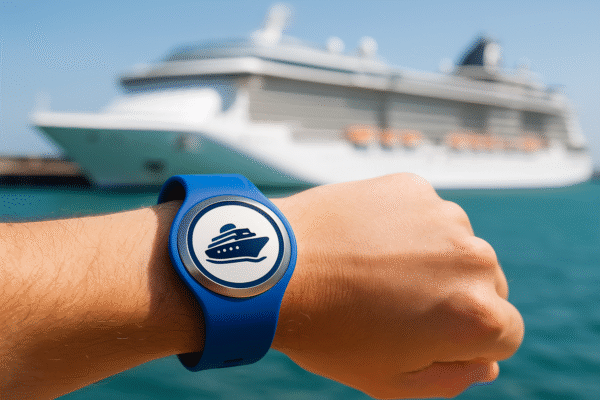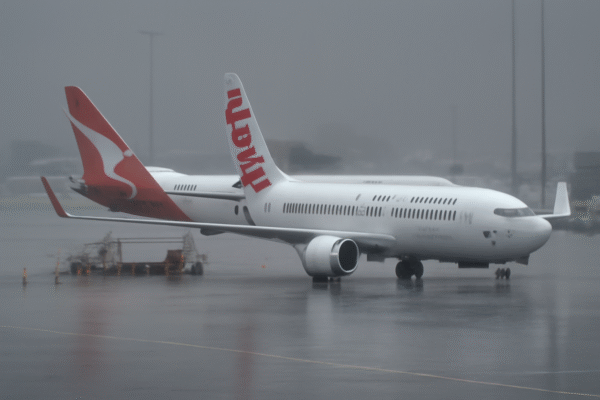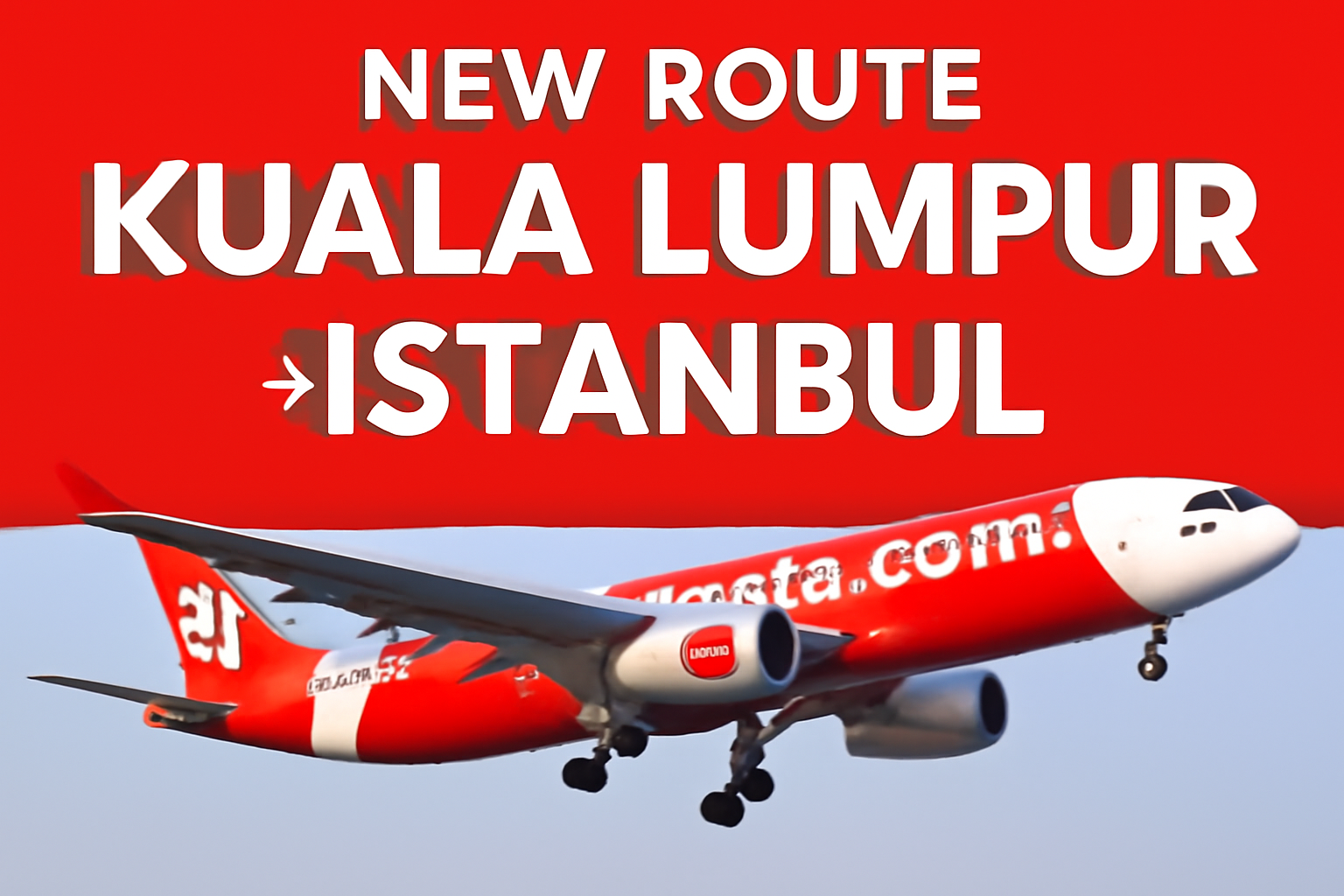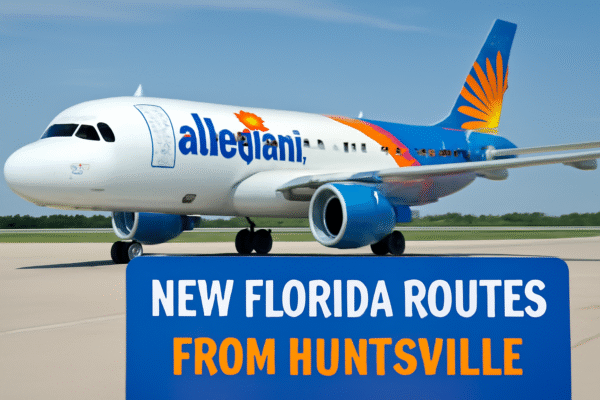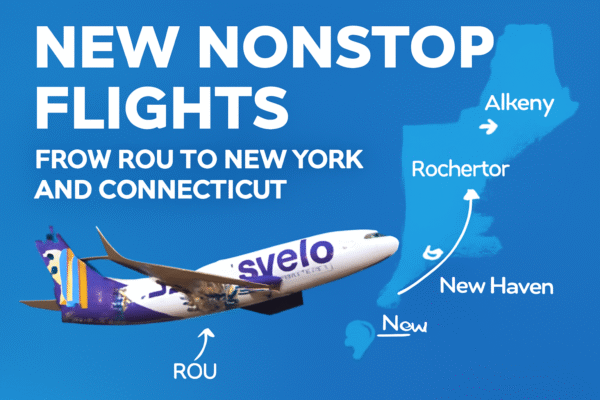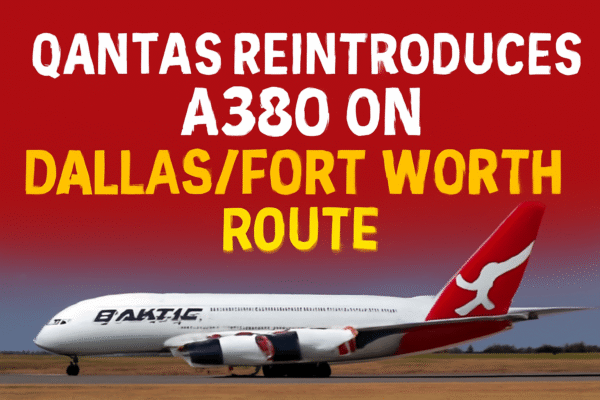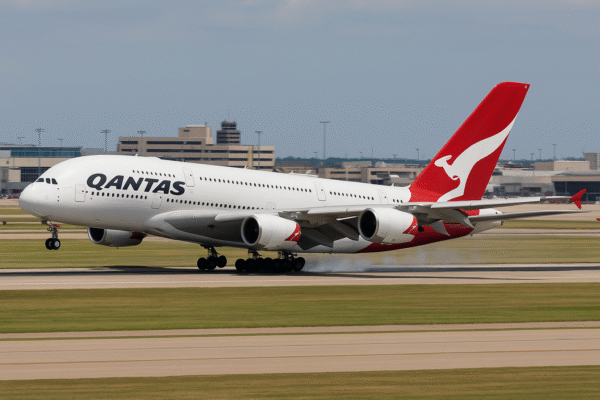Australia and the United States are experiencing a major boost in aviation connectivity as Qantas officially resumes Airbus A380 flights on the ultra-long-haul Sydney to Dallas/Fort Worth route. This marks the return of the world’s largest passenger aircraft to Dallas after more than five years, restoring a vital link between two key oneworld alliance hubs and strengthening tourism and trade between the two nations.
The resumption of A380 service reflects Qantas’s confidence in the route’s growth potential. The airline first launched the superjumbo on this corridor in 2014, replacing its Boeing 747-400s and significantly increasing passenger capacity. The A380 service was paused in April 2020 due to the COVID-19 pandemic, with Boeing 787-9 Dreamliners operating in its place until now.
Currently, Qantas operates four A380 flights per week on this route, with 787-9 aircraft covering the remaining days. From January 2026, the airline will operate the A380 daily to meet strong peak-season demand. This move not only increases weekly seating capacity but also reinforces Qantas’s role in connecting Australia with the heart of North America.
The Airbus A380 serving this route features 485 seats in four cabins: 14 first-class suites, 70 business class seats, 60 premium economy seats, and 341 economy seats. The configuration offers both premium luxury and cost-effective travel options, catering to a wide range of passengers.
Covering a distance of around 13,805 kilometres, the Sydney–Dallas/Fort Worth service is Qantas’s longest nonstop A380 route and the second longest such route globally. The journey can last up to 17 hours and 15 minutes, requiring exceptional operational efficiency and comfort—areas where the A380 excels.
Flight QF7 departs Sydney at midday and arrives in Dallas the same day after roughly 15 hours in the air. The return flight, QF8, departs Dallas late at night and lands in Sydney early morning two days later due to the time difference. These schedules are designed to offer seamless connections to onward flights across North America and beyond, in partnership with American Airlines.
Passenger traffic on the Sydney–Dallas route has shown strong recovery since pandemic restrictions eased. Between April 2024 and March 2025, Qantas carried nearly 140,000 passengers round-trip, with an average seat load factor of 86%, exceeding pre-pandemic levels. Around 75% of travellers on this route continue their journey beyond Dallas, with top onward destinations including New York, Orlando, Washington D.C., Toronto, and Chicago.
The reintroduction of the A380 also coincides with a broader resurgence of the aircraft type in the global aviation market. Several major airlines are reinstating A380 services on long-haul, high-demand routes, recognizing the efficiency and passenger appeal of the superjumbo. In the United States, A380 services are now scheduled at ten major airports, with Dallas/Fort Worth once again among them.
For tourism, the return of the A380 strengthens air access for both leisure and business travellers. The larger capacity allows more visitors to travel between Australia and the U.S., boosting hotel stays, conference tourism, and cultural exchange. For exporters, the increased belly-hold cargo capacity on the A380 supports trade in high-value goods, enhancing economic links between the two countries.
Qantas’s decision to restore A380 service on the Sydney–Dallas route is not just about capacity—it’s a strategic step in rebuilding its long-haul network with a focus on high-yield markets. The combination of comfort, efficiency, and strategic scheduling positions this route as a flagship connection in the transpacific aviation landscape.
With daily A380 flights planned from 2026, Sydney and Dallas/Fort Worth are set to enjoy one of the most premium and high-capacity air links in the world, supporting tourism growth, business travel, and economic exchange for years to come.
For more travel news like this, keep reading Global Travel Wire

